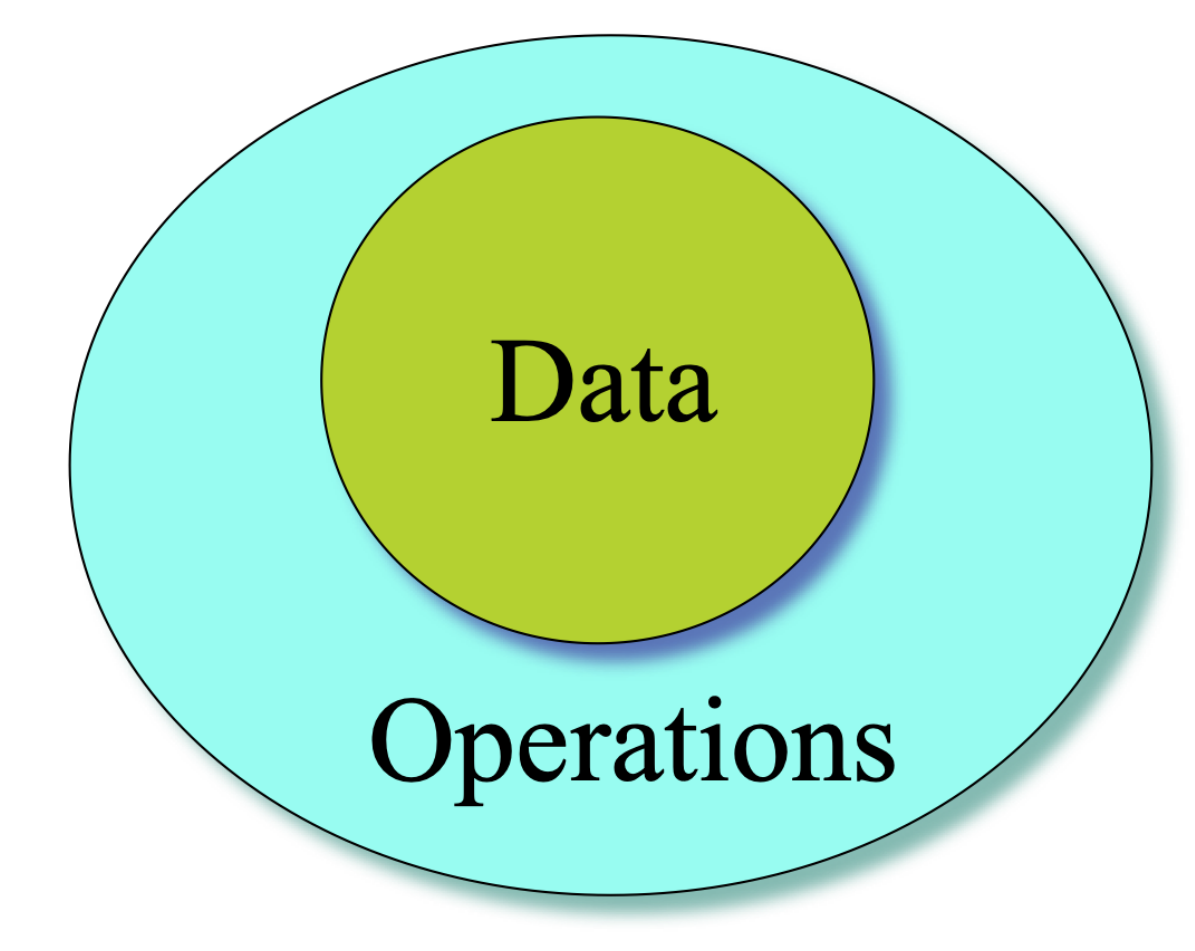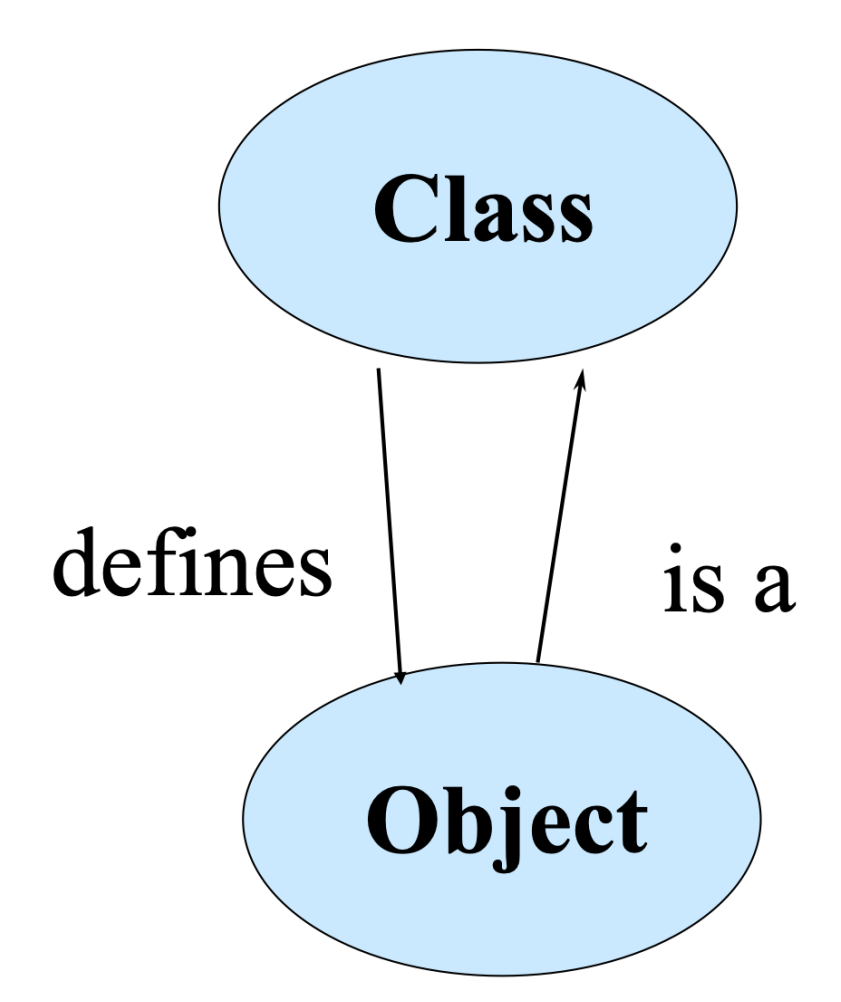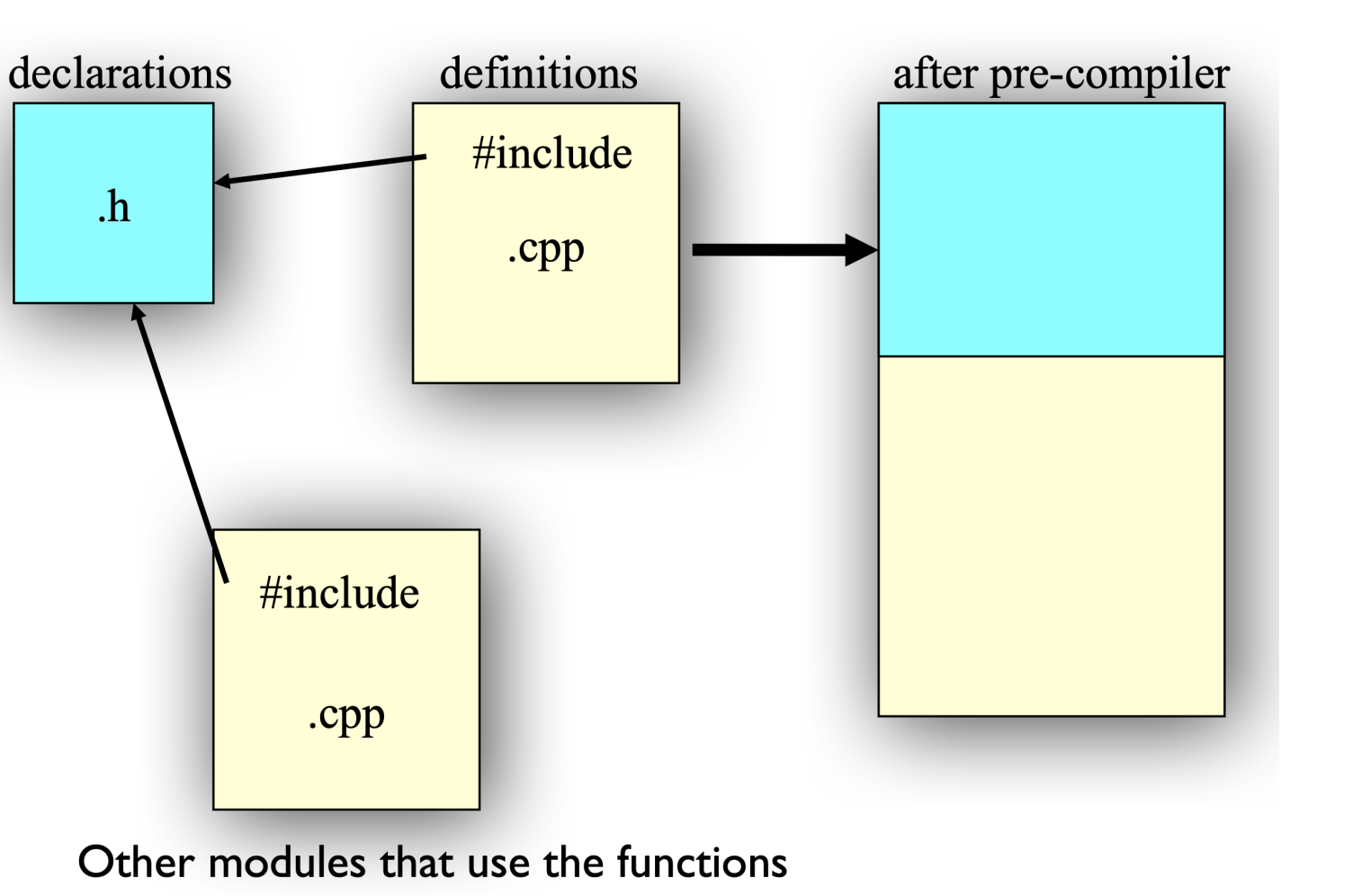Class¶
Abstract
- How to decalare a class
- The declaration and definition of a class
- Constructor and Destructor
- Seperated head and code file
Introduction¶
typedef struct point {
float x;
float y;
} Point;
void print(const Point *p)
{
printf("%d %d\n", p->x, p->y);
}
void move(Point* p,int dx, int dy)
{
p->x += dx;
p->y += dy;
}
int main()
{
Point a;
a.x = 1;
a.y = 2;
print(&a);
move(&a, 10, 20);
print(&a);
}
以上是 C 语言能做的,在 C++ 里我们可以把函数也放到结构里面。
这里只是声明,并不会产生实际代码(包括结构里的变量也只是声明)。我们往结构里放了函数原型(即函数声明)
结构外面的 print() 称为自由函数,和任何类都没有关系,左为函数自身是独立的。
声明在结构内的函数不是独立的,从属于 Point 结构。还需要一个 body.
C++ 中不需要 typedef 来声明结构体。
a.print() 即可调用结构体内成员函数。但是这个成员函数如何知道我们要输出的就是 a.x a.y ?
我们在成员函数内 cout << this << endl; 发现 this 和 &a 相同。
this, 否则类似于局部变量会屏蔽全局变量,编译器会认为 x = x 什么也没做。
:: Resolver¶
预解析器
<Class Name>::<function name>::<function name>
void S::f() {
::f(); // Would be recursive otherwise!
::a++; // Select the global a
a--; // The a at class scope
}
this: the hidden parameter
thisis a hidden paramater for all member functions, with the type of the class.
e.g.void Point::move(int dx, int dy);can be recognized asvoid Point::initialize(Point *this, int dx, int dy);- To call the function, you must specify a variable.
e.g.p.move(10,10);can be recognized asPoint::move(&p,10,10);
Info
Point 是姓, init 是名,因此 Point::init 共同构成了成员函数的名字,因此 void 需要放在函数名前面,即 void Point::init.
Object¶
Object = Attributes + Services
- Data: the properties or status
- Operations: the functions

- In C++, an object is just a variable, and the purest definition is "a region of storage".
- The struct variables learned before are just objects in C++.
Object vs Class¶
- Object (this cat)
- Represent things, events, or concepts 实体
- Respond to messages at runtime
- Classes (the cat)
- Define properties of instances
- Act like types in C++

OOP Characteristics¶
- Everything is an object.
- A program is a bunch of objects telling each other what to do by sending messages.
程序就是一堆对象,互相发送消息,告诉对方要做什么 (what instead of how)
e.g. 上课的时候,老师在讲课,电脑在发送消息给投影仪...
老师让同学站起来,这个消息发送过后,具体如何站起来,只由同学自己决定。 - Each object has its own memory made up of other objects.
- Every object has a type.
- All objects of a particular type can receive the same messages.
同类的对象,都可以接受相同的消息。
可以接受相同消息的对象,也可以认为是同个类型。
Constructor¶
我们需要有机制,保证对象被创建时有合理的初值。
- 构造函数名字和结构名字完全相同,没有返回类型。
- 本地变量被创建时,构造函数被调用。
当我们创建变量时 Point b; 就会自动调用对应类的构造函数。如果有参数就 Point a(1, 2); 即可。
构造函数是可以有参数的。
struct X {
int i;
X(int i);
void prt();
}
X::X(int i)
{
// i = 0;
this->i = i;
}
void prt()
{
cout << i << endl;
}
int main()
{
X a; // a.X()
// X a(1);
a.prt();
}
这样会报错,因为找不到对应的构造函数。改为 X a(1); 或者 X a=1; 即可。
这两种初始化的方法是等价的,也就是说 int m(10) 和 int m=10 是等价的,X a=1 和 X a(1) 也是如此。
如果希望给结构里的元素赋初值,还可以直接在 struct 中定义写,如
The default constructor¶
- 有参数的构造函数。
- 缺省构造函数:没有参数的构造函数。
- 当我们没有写构造函数时,编译器会为我们生成没有参数的自动缺省构造函数。
如果我们有有参数的构造函数,那么我们创建对象时必须提供参数;否则我们可以直接构造一个对象。
struct Y {
float f;
int i;
Y(int a);
};
Y y1[] = { Y(1), Y(2), Y(3) }; // OK
Y y2[2] = { Y(1) }; Y y3[7]; // Error
Y y4; // Error
Destructor¶
The destructor is named after the name of the class with a leading tilde (~).The destructor never has any arguments.
如打开的文件,需要在结束前关闭句柄。
struct X() {
int i;
X(int i);
~X();
}
X::X(int i)
{
this->i = i;
}
X::~X()
{
cout << "~X()" << i << endl;
}
int main()
{
X a(7);
X b(11);
a.prt();
b.prt();
}
得到了如下输出
没有返回类型,没有参数。
当其作用域结束时,析构会被自动调用。
因为后构造的可能会用到先构造的元素,所以我们看到是逆序,先析构后构造的。
作用域是以大括号为界的
这样我们会得到输出 可以看到在 7 输出前b 就已经被析构。
进入函数,函数所有的本地变量的空间都已经被分配好了,但如果没有执行到具体的构造函数行,是不会调用构造函数的。同理,当进入 switch case 语句时,对象的空间已经生成,但没有构造,这样析构时可能会出现问题。
Example
void f(int i) {
if(i < 10) {
//! goto jump1; // Error: goto bypasses init
}
X x1; // Constructor called here
jump1:
switch(i) {
case 1 :
X x2; // Constructor called here
break;
//! case 2 : // Error: case bypasses init
X x3; // Constructor called here
break;
}
}
jump 跳过了 x1 的构造,但在进入函数 f 时空间已经被分配好了,当函数结束时,析构仍然会自动进行,如果没有默认零值的话析构会出问题。switch case 并不能隔绝变量的作用域,里面的 x2, x3 的作用域就是这对大括号,当我们进入 switch case 时空间就已经分配,当离开大括号时析构出现问题。
Definition of Class¶
- In C++, separated
.hand.cppfiles are used to define one class. - Class declaration and prototypes in that class are in the header file (
.h). - All the bodies of these functions are in the source file (
.cpp)
一个 .cpp 文件是一个编译单元。编译时我们只看一个 .cpp 文件,当引用其他函数的原型时,我们需要头文件来告诉编译器。

#include¶
#include is to insert the included file into the .cpp file at where the #include statement is.
#include "xx.h": search in the current directory firstly, then the directories
declared somewhere#include <xx.h>: search in the specified directories#include <xx>: same as#include <xx.h>
Tips for header
- 一个头文件里放一个类的声明
- 以相同的文件名前缀与一个源文件关联
- 头文件的内容被
#ifndef #define #endif包围